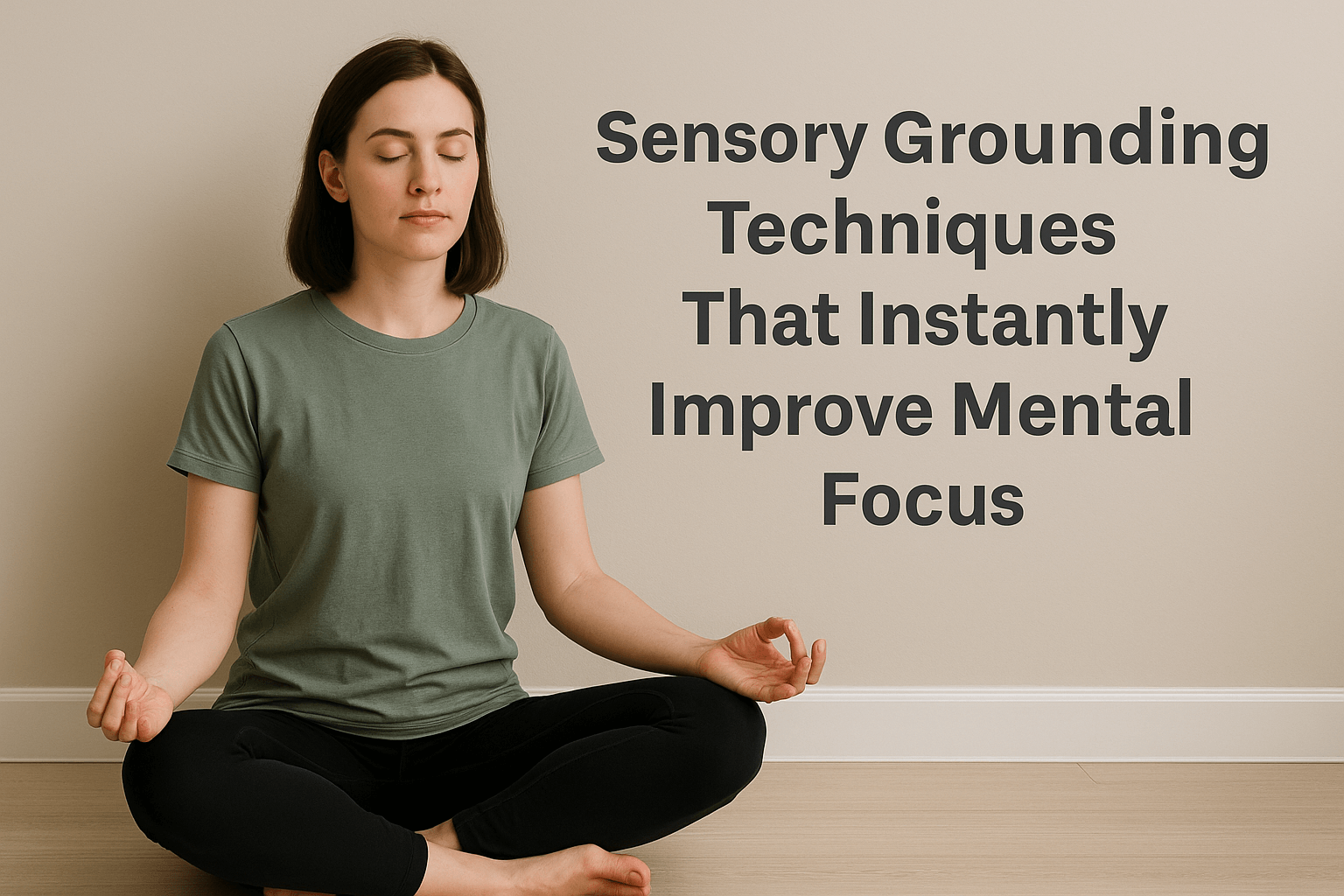In moments of stress, your breath speeds up. In moments of peace, it slows. What if you could use breath — consciously — to switch from chaos to calm? That’s the power of resonant breathing, a simple yet science-backed technique that harmonizes your nervous system and trains your body to handle stress more effectively.
Also known as coherent breathing, resonant breathing involves slowing your breath to about 5–6 breaths per minute, syncing inhale and exhale in a rhythmic, balanced way. This pattern has been shown to activate the vagus nerve, reduce cortisol, and promote heart rate variability (HRV) — a key indicator of resilience and recovery.
Benefits of resonant breathing include:
- Reduced anxiety and panic responses
- Improved focus and emotional regulation
- Lower blood pressure and heart rate
- Better sleep and fewer nighttime awakenings
- Enhanced lung capacity and oxygenation
How to practice resonant breathing:
- Inhale slowly for 5 seconds, feeling the belly expand.
- Exhale gently for 5 seconds, allowing tension to melt.
- Continue this rhythm for 5–10 minutes, ideally twice daily.
- Use a breathing app or tone track to maintain the pace, if helpful.
- Focus your attention on the breath or silently repeat a calming word.
Practicing daily — even for just a few minutes — retrains your body to respond to challenges from a place of calm clarity rather than overwhelm. Over time, you’ll not only breathe better, but live better.
Resonant breathing is more than a relaxation trick — it’s a tool for resilience, available anytime, anywhere.




